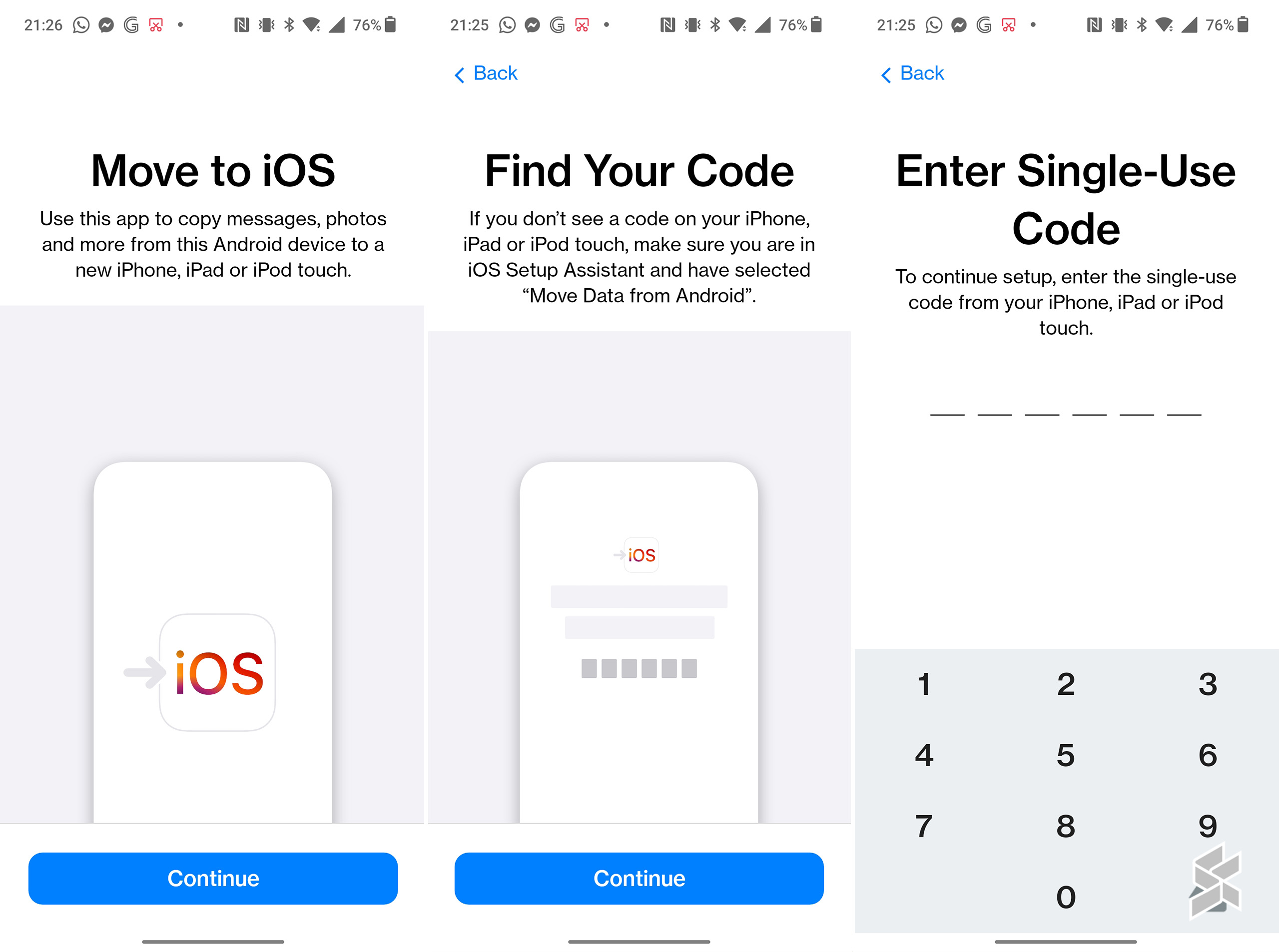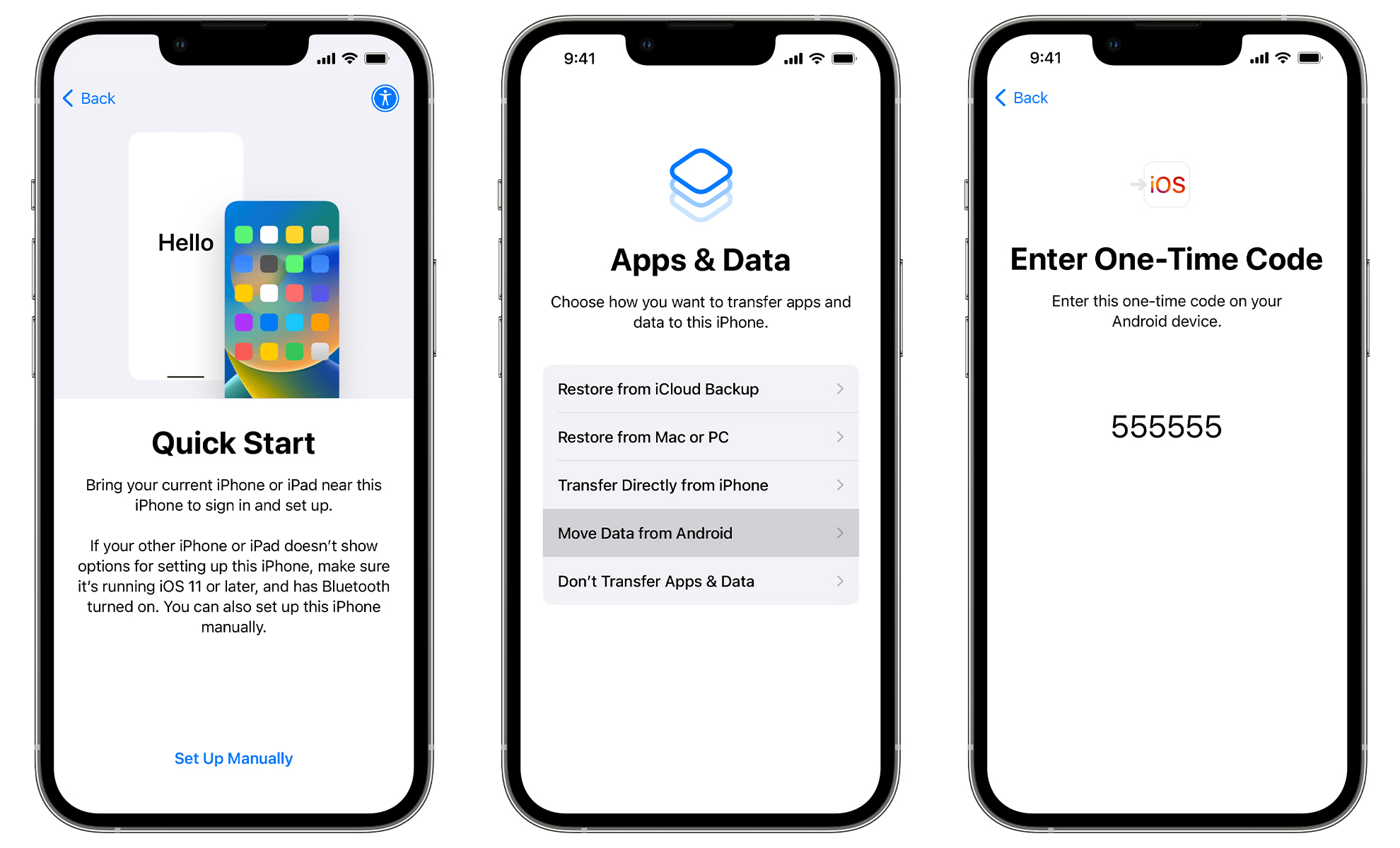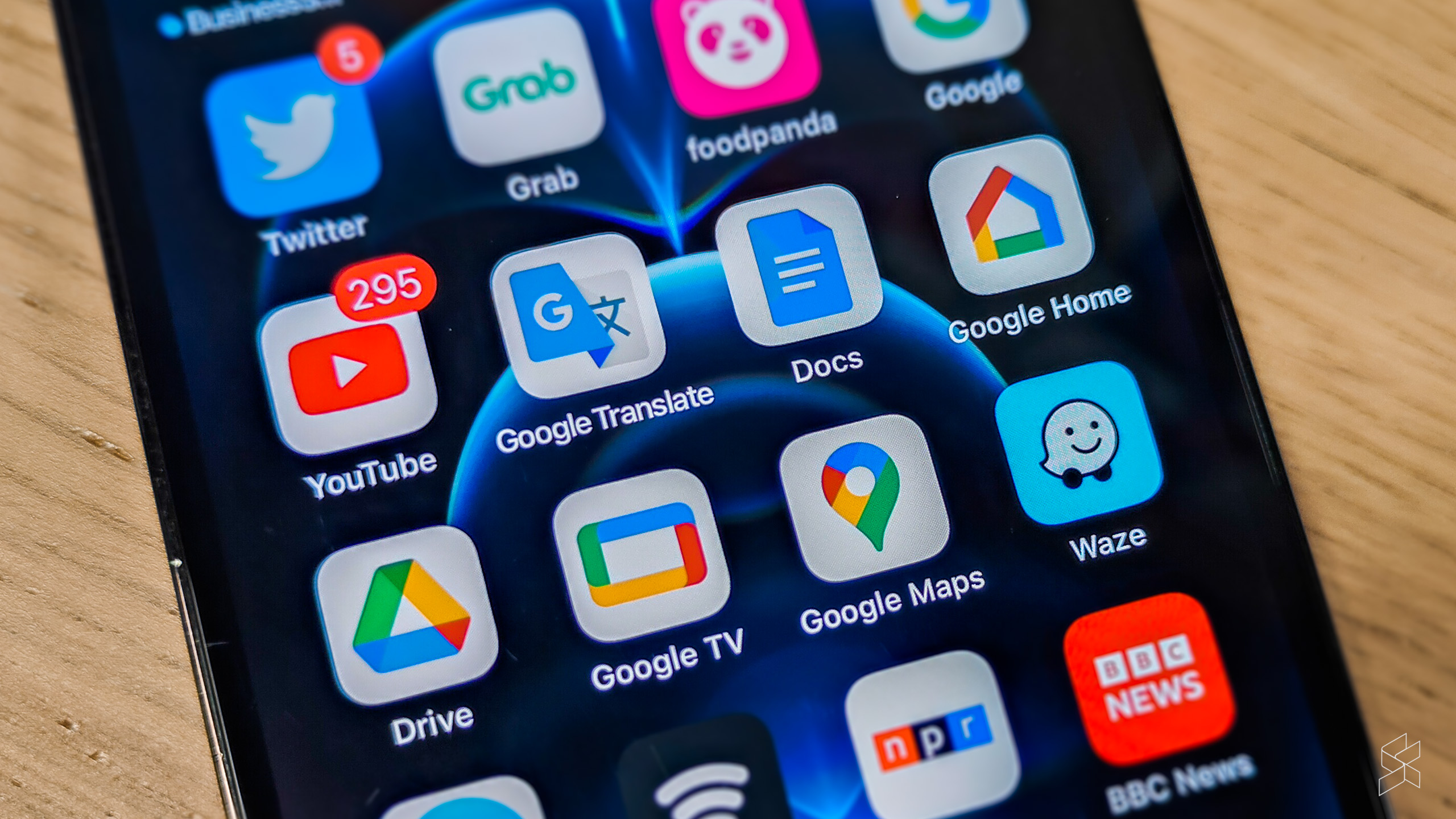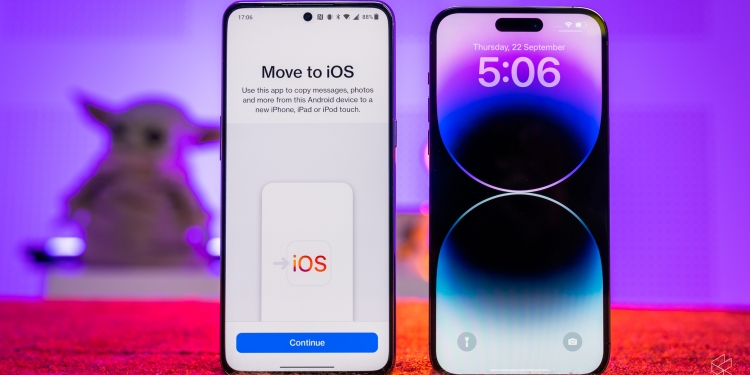The iPhone 14, 14 Pro and 14 Pro Max are landing in stores and customers’ hands in Malaysia starting today. Now, a lot of you will be moving from an Android phone, and if you’re anything like me, you probably think that migrating your data to your new device is quite an ordeal.
But you really don’t have to start afresh. There are ways to move your stuff over without too much fuss, even if you live your whole life in your phone. Here’s how you can transfer your data to your new iPhone and hit the ground running.
Use Apple’s Move to iOS app

The most straightforward way to move your data from Android to iOS is using Apple’s own Move to iOS app, available on the Google Play Store. The company says you’ll be able to transfer:
- Contacts
- Message history
- Photos and videos
- Photo albums
- Files and folders
- Chrome bookmarks
- Email accounts
- Calendars
- Accessibility settings
- Display settings
- WhatsApp messages and media
- Certain free apps that exist on both the Google Play Store and Apple App Store
For this process to work, you need to have both the Android phone and the iPhone near each other and charging, and the iPhone has to still be in the setup phase (if you’ve already set it up, you’ll have to erase it and start again). On the Quick Start page, select “Set Up Manually” and follow the on-screen instructions. You will then be asked whether you want to restore from a backup or transfer from an existing iPhone or Android device. Select “Move Data from Android.”
From here, you’ll need to switch to your Android phone. Open the Move to iOS app, select “Continue” and agree to Apple’s terms and conditions. You will then be asked to input a six- or ten-digit code that will show up on the iPhone.

To transfer the data over, the iPhone will create a temporary WiFi network, which you can connect to on your Android phone by tapping “Connect”. After that, you’ll be able to select the types of data you want to transfer. Select “Continue” and let the big move commence.
There’s one crucial thing you’ll need to do while this is happening: you have to leave both phones alone, no matter how long it takes. Don’t touch your Android device – don’t move away from the Move to iOS app, use another app, or even pick-up a phone call. If you do any of this, the transfer will cancel and you’ll have to start all over again. Let the progress bar on your iPhone finish, even if your Android phone shows that the process is complete.
Only when the progress bar is finished can you tap “Done” on your Android phone. You can now select “Continue” on your iPhone and follow the onscreen instructions to complete the setup. Then, go to the App Store to download the free apps that were on your Android device.
Not everything can be migrated, of course – music, books and PDFs will all have to be transferred manually using a Mac or PC and the iTunes/Music app. You also can’t transfer app data (so say goodbye to game progress and the like), and you’ll also have to purchase paid apps again (if there’s an iOS version, of course). Also, if you use WhatsApp, you can’t transfer your call history or your display name.
Sign in to your Google account

Another way to transfer some data from your Android phone is by signing into the Google account that you used as the primary account. You can sync your contacts and add your Gmail and Google Calendar by going to the Contacts, Mail and Calendar menu in Settings (Accounts > Add Account). Of course, for the best experience, you can download Google’s own apps (Gmail, Google Calendar, Chrome, Google Drive) from the Apple App Store.
What about my notes?
It’s a more complicated matter when it comes to notes, as most Android phones have their own notes app that cannot be migrated to iOS. You can, however, copy the text from your notes and paste it in a notes app that is cross-compatible, such as Google Keep. Do keep in mind that this is quite a tedious process, especially if you have a lot of notes – but it might be worth it if there is important information.
Settling into iOS

If you’ve been using a recent full-screen Android phone, an iPhone should feel quite familiar. Apple ditched the home button starting with the iPhone X, which means you have to swipe from the bottom to return to the home screen and swipe along the bottom bar to switch between apps.
Cupertino has added some Android-aping features in later versions of iOS to make it even easier for Android users to feel like home. You could add widgets on the home screen, browse an App Library and remove apps from the home screen without deleting them starting in iOS 14, and with the latest iOS 16, you can now edit the fonts and add widgets on the lock screen.
Related reading
- Newest WhatsApp update lets you move your chats from Android to iPhone. Here’s how
- Was I wrong? Is the Dynamic Island a “UX mistake” on the iPhone 14 Pro Max? | The New Phone Show
- Which should you buy, the Apple iPhone 14 Plus or the iPhone 14 Pro?
- I hate how cool Dynamic Island on the iPhone 14 Pro is








